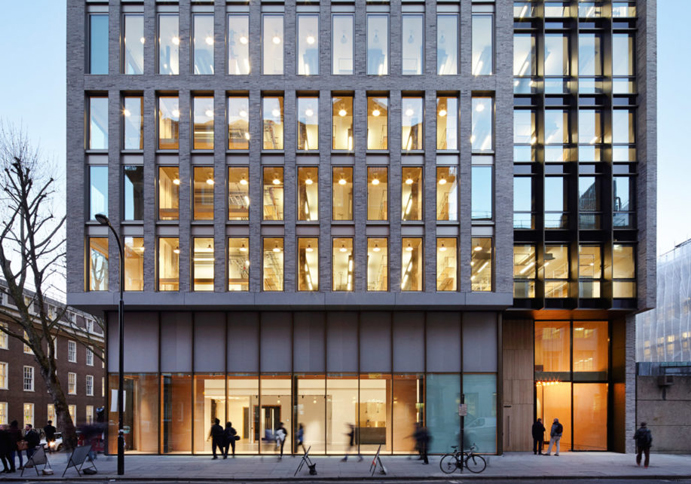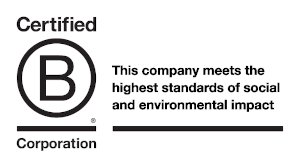22 Gordon Street, home to The Bartlett School of Architecture wins RIBA London Award 2017.
Designed by Hawkins\Brown, 22 Gordon Street, formerly known as Wates House, saw the existing 1970’s building refurbished and extended to provide double the amount of teaching and research space. Daniel Raymond, Associate Energy Consultant at Useful Projects and Expedition Engineering, writes about some of the sustainability achievements and environmental features of this exemplary project.
Making the case for sustainable reuse
In line with UCL’s aspirations for the sustainable transformation of their Bloomsbury campus, we worked closely with the project team to minimise the whole life carbon impact of the project, from demolition through to construction and ultimately in operation. We appraised a number of options such as fabric improvements, environmental strategies, district heating and renewable approaches.Retaining the existing concrete structure of the original building significantly reduced material use and embodied carbon emissions. Furthermore, leaving some of this thermal mass exposed will aid passive heating and cooling strategies, storing heat in the winter and providing free-cooling in the summer.
Optimised passive design
Providing the building with a new high performing envelope has helped reduce operational energy demand. Enhanced fabric efficiencies with high levels of insulation and air tightness minimise the amount of energy required for space heating. Dynamic thermal and energy modelling was used to optimise the façade to minimise overheating and reduce cooling demand. Coupled with good levels of daylight and healthy material choices, occupants are provided with healthy and productive teaching spaces.
High efficiency building services
A mixed-mode environmental strategy follows seasonal weather variations, reducing the building’s reliance on active heating and cooling. In the winter, mechanical ventilation provides much needed heat recovery. Natural ventilation is promoted during mid-seasons. With low-energy chillers used to maintain comfort levels only during the peak of summer. The decision to design for and include cooling now, will ensure thermal comfort is maintained and inefficient systems are not retrofitted as temperatures rise in the future. A traffic light system is used to identify when external conditions are adequate for natural ventilation. However, should occupants wish to open windows, outside of these parameters, the windows are interlocked with mechanical systems, ensuring heating, cooling and ventilation are automatically turned off and no energy is wasted.
Low carbon and renewable heat
22 Gordon Street is situated in the heart of Bloomsbury, where it connects to UCL’s district heat network, accessing clean energy generated from a combined heat and power (CHP) plant. It also uses solar panels on the roof to generate its own renewable electricity. Furthermore, the roof accommodates a green roof which enhances biodiversity and reduces surface water runoff.
Exceeding minimum compliance
The project has recently received an overall environmental rating of BREEAM Excellent for it design stage assessment, representing best practice in sustainable design and construction, and takes the building performance well beyond regulatory minimum standards.
You can find out more about the project here.




